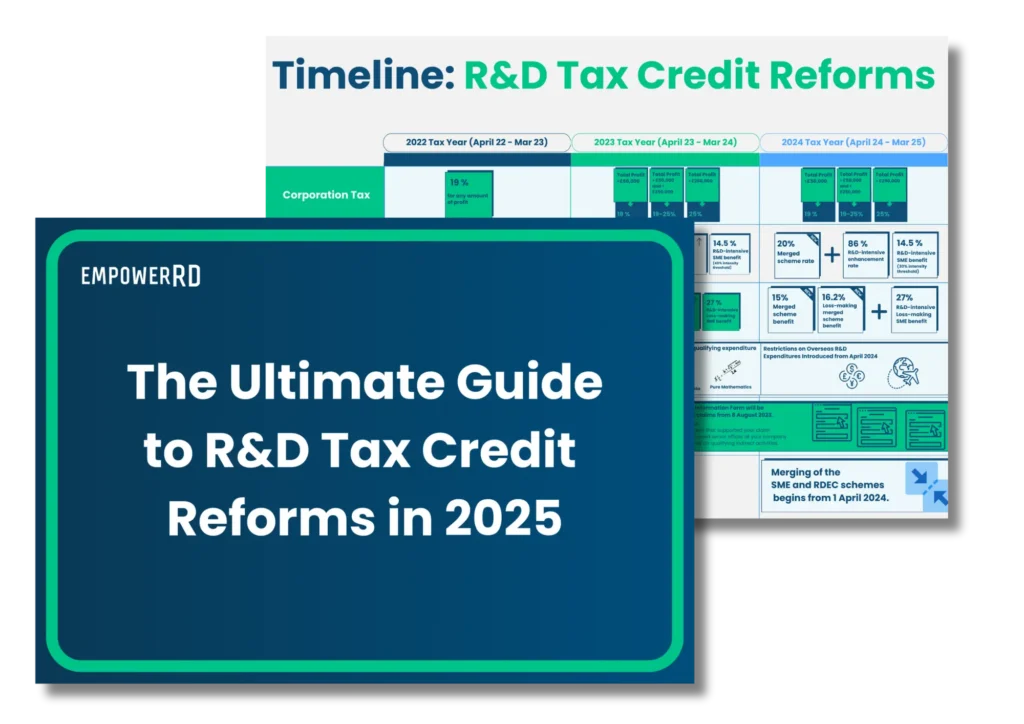Establishing a robust company expense policy is crucial for small businesses. It provides a clear framework for expense claims, encouraging responsible spending among employees. By implementing this policy, you can effectively manage expenses, enhance financial transparency, and cultivate a culture of financial responsibility. Let’s delve into it and lay a strong foundation for your business’s financial success!
What is an expense policy?
An expense policy, in the simplest terms, is a set of rules that guide how your company spends money. Think of it as a playbook for your team that defines what constitutes a legitimate business expense, the process for claiming reimbursement, and the spending limits.
When it comes to understanding an expense policy, it may initially seem like a daunting task. But fear not! It’s actually simpler than you might think. In the following sections, we explore the importance of having an expense policy, break down its key components, and show you how to implement it quickly and efficiently. So, let’s dive in and gain a fresh perspective on the power of a well-crafted expense policy.
The importance of an expense policy
A successful expense policy serves several critical functions:
- Financial control: An expense policy helps monitor and control the company’s expenditure, ensuring that employees only spend money on approved business-related expenses. This control is crucial, especially for small businesses, where every penny counts towards the bottom line.
- Transparency and fairness: A well-defined policy clarifies what expenses are reimbursable and under what circumstances, promoting fairness among all employees. It ensures that employees are treated equitably and that there is no room for confusion or favouritism.
- Efficiency: It streamlines the expense reporting and reimbursement process, saving time for the finance team and employees who claim expenses. Automated systems, as discussed later in this guide, can significantly enhance this efficiency.
- Compliance: In the UK, certain business expenses are tax-deductible. An expense policy helps ensure the company complies with tax laws and regulations, avoiding potential penalties. This aspect is essential for staying on the right side of the law and optimising the company’s tax liabilities.
- Prevention of fraud: A clear policy can help prevent expense fraud, a significant issue in some companies. It sets boundaries and establishes mechanisms to detect and deter fraudulent claims, safeguarding the company’s financial integrity.
- Budgeting and forecasting: By monitoring and controlling expenses, companies can more accurately predict future costs and budget accordingly. This aids financial planning and can contribute to the company’s growth and sustainability. A well-structured policy enables the finance team to project expenses and allocate resources wisely.
Crafting an effective expense policy: 8 Best Practices
The creation of expense policies requires careful thought and planning. Here are some key points to consider:
Define the purpose
Start by outlining the purpose of the policy. This could be to ensure financial control, promote fairness, improve efficiency in expense reporting, ensure tax compliance, prevent fraud, or facilitate budgeting and forecasting. Tailor the policy’s objectives to align with the specific needs of your business.
Define reimbursable expenses
To ensure clarity, it’s crucial to establish a clear definition of reimbursable expenses. Common categories for work-related expenses typically encompass:
- Travel expenses, including travelling by plane or train tickets.
- Mileage claims when using your car for work.
- Business hospitality and entertainment expenses (also known as networking and schmoozing).
- Costs for sustenance, or ‘food and drink’.
- Expenses for training courses and materials.
- Costs for the stay in hotel accommodation.
It’s worth noting that companies may have additional expenses they’d like to consider for claims, which do not necessarily align with the categories above. This could encompass necessary medical expenses, such as required vaccinations for travel. Remember, it’s paramount to be specific and comprehensive when outlining eligible costs.
Set clear rules and spending limits
Establish limits for different categories of expenses. For example, you may set a daily meal limit or a maximum rate for hotel rooms in different cities. These limits should be realistic, reflecting actual costs in the areas where employees are likely to incur expenses. Ensure that the spending limits strike a balance between enabling productivity and controlling costs.
Outline the approval process
To ensure effective expense management, defining and communicating the approval process clearly is crucial. This involves specifying the individuals responsible for approving expenses, such as managers, department heads, or the finance department.
Specify additional documentation requirements
State what documentation is needed for an expense to be reimbursed. This will usually include employees submitting detailed expense reports, including dates, descriptions, amounts, and supporting documentation like receipts.
The manager will then review the expense report to ensure compliance with the company’s expense policy, including spending limits and valid supporting documents. Based on the review, managers can reimburse employees, reject them for policy violations, or request corrections.
Here are some free expense report templates for you:
- Smartsheet offers a collection of free expense report templates suitable for businesses, individuals, nonprofits, contractors, consultants, and more.
- Clockify provides 12 free expense report templates that are simple and easy to use.
- Vertex42 has an Excel Expense Report template that you can download and customise.
- Zoho offers a free expense report template to fill out and send in seconds.
- The Good Docs provide free Google Docs Expense Reports templates from professional designers.
- Venngage has customisable expense report templates that require no experience to edit.
- Hubspot offers an Expense Report template for PDF, Excel, Word, and Google Sheets.
- FreshBooks offers an expense report template that makes expense tracking simple.
- ClickTime provides a free Excel Expense Report Template that simplifies the submission, review, and approval of expenses.
Remember, while templates can streamline the process, ensuring they align with your company’s specific expense policy and requirements is essential. So it’s crucial to adapt to ensure it aligns with your company.
Explain the reimbursement process
Detail how employees will be reimbursed for their expenses. Will employee reimbursements be through a paycheck, a company credit card, or another method? Clear instructions will help employees understand when and how they will be reimbursed, reducing confusion and inquiries.
Regularly review the policy
Regularly review the policy to ensure it remains relevant and effective. Make sure to do this annually or biannually. The business environment and the cost of goods and services can change, requiring adjustments to the policy. Be adaptable and responsive to changes in the business landscape.
Communicate the policy
Once the policy is created, communicate it to all employees. This can be done through meetings, emails, or an employee handbook. Ensure new hires are also informed about the policy during their onboarding process. Regular reminders can also be helpful, particularly if policy changes occur.
Streamlining your expense policy through automation
In today’s dynamic digital landscape, automating your expense policy can drive amplified efficiency and precision. Here’s a comprehensive guide on how you can leverage automation to streamline your expense management:
Adopt expense management software
Several advanced expense management software solutions are available today to automate numerous facets of your expense policy. These tools offer real-time expense tracking, automatic categorisation, and proactively flag non-compliant expenses. By automating expense tracking, you minimise manual errors and ensure all expenses are accurately recorded in the system.
Here are our top five recommendations for small businesses:
- Expensify: Renowned for its intuitive interface, Expensify provides receipt tracking, reimbursement, and compatibility with various accounting software, offering a holistic solution for expense management.
- Zoho Expense: A part of Zoho’s extensive suite of business applications, Zoho Expense delivers automated expense recording, policy compliance monitoring, and seamless integration with accounting software.
- QuickBooks Online: Beyond its robust accounting features, QuickBooks Online also facilitates expense tracking and management, enabling businesses to consolidate their finances.
- Xero: With its user-friendly design and comprehensive features, Xero is an excellent tool for expense management. It allows for easy recording and tracking of expenses, offers built-in approval workflows, and provides real-time visibility of expenditures.
- Spendesk: Spendesk provides an all-inclusive spending solution that enhances control, visibility, and automation for modern finance teams. It’s platform encompasses company cards, spend management tools, and automated expense reports for unexpected payments.
Remember, each software offers unique features that may align better with specific circumstances, so consider your business’s needs and budget when selecting the right one.
Leverage automated approvals
Certain systems enable automated approvals for specific types of expenses. For instance, expenses below a particular threshold could be automatically approved, saving managers and the finance team valuable time. Automated approvals expedite the reimbursement process for minor expenses, thus enhancing operational efficiency.
Implement a mobile solution
Many contemporary systems provide mobile apps, allowing employees to submit expenses on the move. Employees can simply snap a photo of their receipt, and the system will automatically extract the pertinent information. Mobile solutions boost convenience and speed, facilitating real-time expense submissions.
Automate reimbursements
Some systems can automate the entire reimbursement process, directly transferring money to the employee’s bank account once an expense has been approved. This reduces administrative tasks and improves employee satisfaction by ensuring timely reimbursements.
Just a quick heads up!
If you’re an R&D-intensive business, you’ll know just how challenging it is to claim R&D Tax Credits. We can help you with that; we have helped 1,000+ tech startups accelerate and streamline their R&D claims with our platform + service; learn more about it here.












